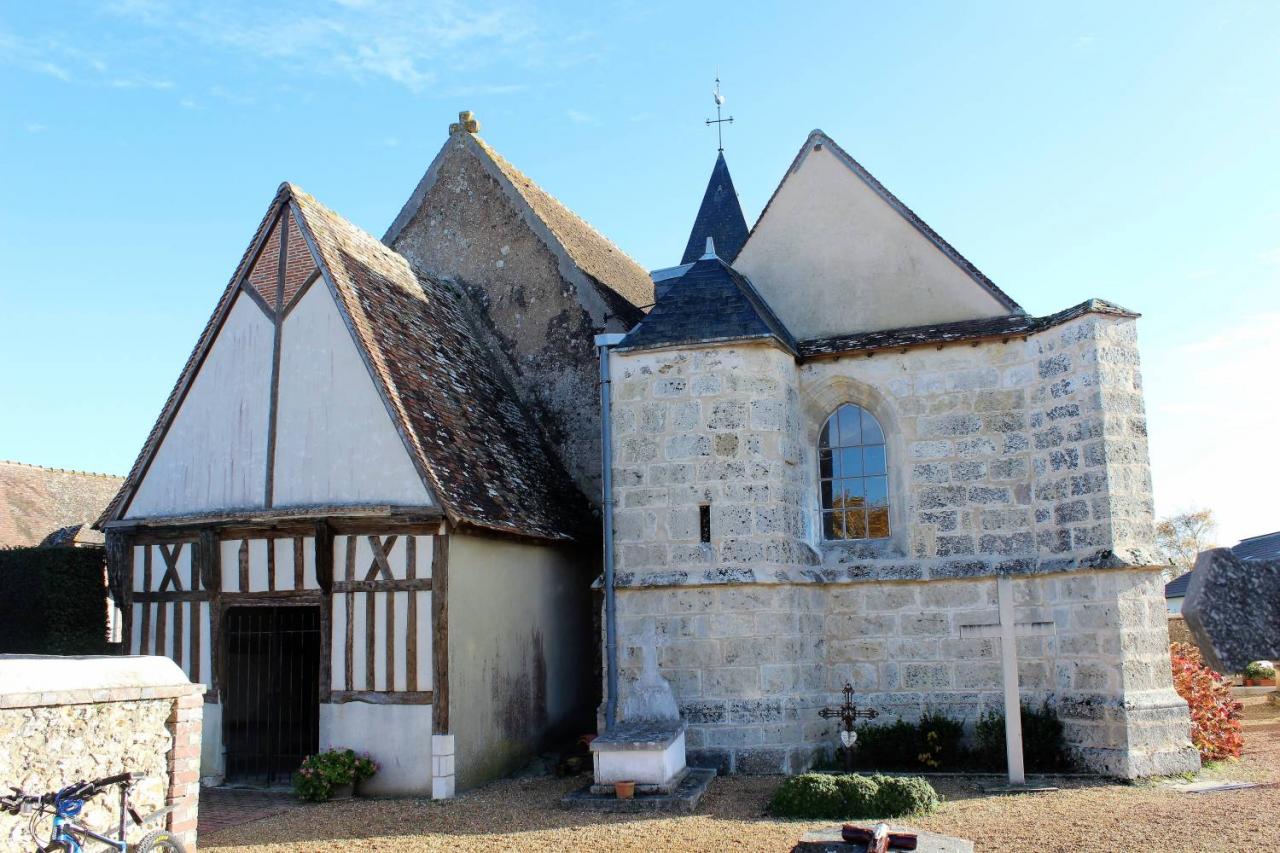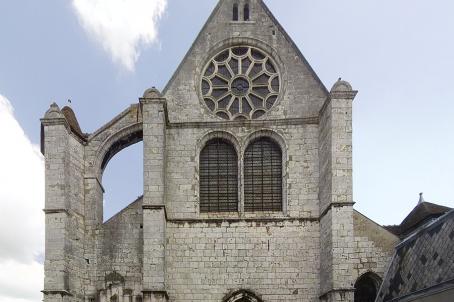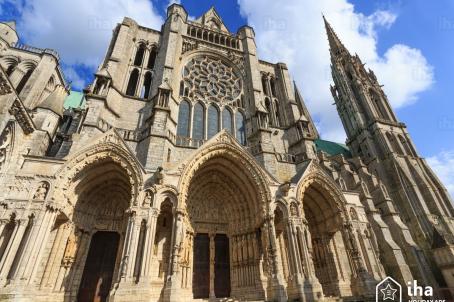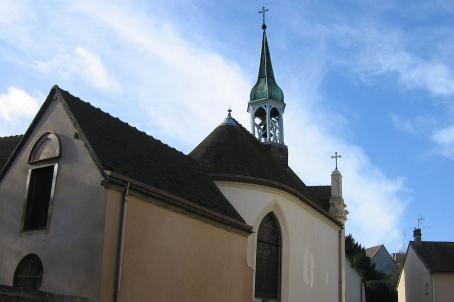Church of Saint-Pierre-et-Saint-Paul
The church of St Pierre and St Paul de Chauffours appears unusual, with its two contiguous roofs, its porch and its small spire that overhangs the roof. This atypical church, which brings together several architectural styles ranging from Romanesque to Renaissance style, was under the dependence of the chapter of Notre-Dame de Chartres.
About this building
In the center of the village, at the end of a tree-lined driveway, the church of St Pierre and St Paul de Chauffours appears: an unusual silhoutte, with its two contiguous roofs, its porch and its little spire that overhangs the roof.
The first nave, built from the 11th to the 13th century, is now preceded by a sculpted caquetoire (19th century). Open to the north on a chapel by a wide arch, it ends with a semicircular apse.
A bell tower was built with dressed stone between the 11th-13th century, but this collapsed in 1660. Only the spiral staircase remains and the first floor that was attached to it. A second vessel, covered with masonry vaults, was built in the 14th century and enlarged in the 16th century. Due to the construction at different times, this atypical building brings together several architectural styles ranging from Romanesque to Renaissance.
In 1679, paneling was placed on the main vessel and a small frame spire was built which still contains a bell (18th century) named Marie-Anne, which is classified.






